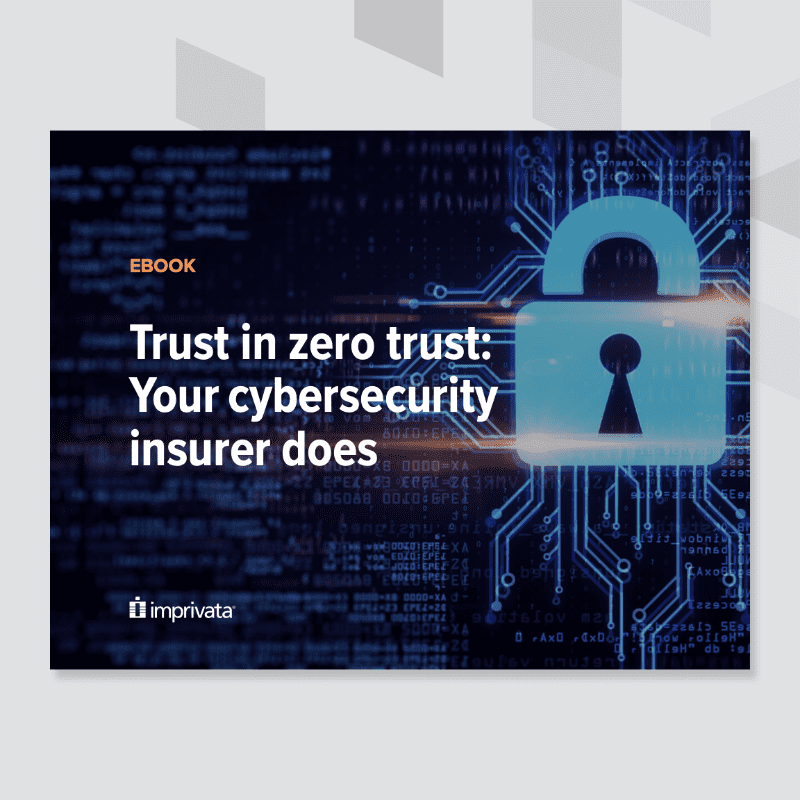Strengthen your security posture with identity governance and privileged access management
Need to keep identity and access locked down? Then you need identity governance and privileged access management.
It all comes back to identity. To access.
An ever-expanding attack surface means that you need to take even better care to lock down and strengthen your security posture. And anchoring it digital identity and secure access is – and always has been – your best first step.
A continuing problem: Mismanagement of identity
This quote appeared in Verizon’s 2009 Data Breach Investigation Report and was again quoted in the 2022 DBIR: “Many intrusions exploit the basic (mis)management of identity. Unauthorized access via default, shared, or stolen credentials constituted more than a third of the entire Hacking category…”
This serves as a reminder that those who do not learn from history are doomed to repeat it, which seems to be the case here, as “we have continued to see poor password practices as one of the leading causes of data breaches dating back to 2009.”
External problems have only continued to grow, but – unfortunately – in many cases security has been unable to keep up. That’s why we’re dealing with the same problem: (mis)management of identity as it relates to access.
A security pairing that makes sense: Identity governance and privileged access management
The above perspective from 2009 continues: “It is particularly disconcerting that so many large breaches stem from the use of default and/or shared credentials, given the relative ease with which these attacks could be prevented.”
Strengthening security and preventing cyber attacks isn’t easy, but it may be easier than you think. Especially when you have identity governance and privileged access management (PAM) on your side.
Identity governance offers a way to mitigate identity-based risks, while privileged access management, which manages administrative users, aligns with identity governance and administration (IGA) to reinforce its effectiveness. Understanding how they work together can help security administrators, like you, strengthen security based on robust identity management.
How IGA and PAM work together to protect your enterprise
When your PAM solution and identity governance solution are working with – and not exclusive of – each other, a request for privileged access can be managed within the parameters of your organization’s identity governance policies. That means that all access requests and grants are part of a single access control chain, which makes access of both basic and privileged users more easily auditable. The two solutions facilitate automated workflows to process all access requests, including requests for privileged access.
Each solution is, of course, powerful on its own. The right identity governance solution should be able to automate the entire user lifecycle (including enabling day-one access), streamline auditing processes, and deliver on-demand analytics for faster threat evaluation and remediation. The right PAM solution should secure privileged accounts while limiting the attack surface and simplifying password management.
But, together, their capabilities really shine. With both PAM and IGA, your organization can:
- Improve security by automating PAM entitlements to managed assets as employees join, move within, or leave the organization; plus, workflow automation prevents human error and insider threats
- Simplify compliance and certification by further consolidating PAM entitlements into audit campaigns, removing the need for manual consolidations
- Provide a complete, centralized view of each identity’s access across all standard and privileged/shared/system accounts
- Improve operations by discovering and enforcing PAM hygiene on managed assets without manual intervention
- Protect privileged accounts with continuous and automated discovery, management, rotation, auditing, and monitoring for all privileged credentials
Let’s make next year the year that we start chipping away at all the statistics that warn us about how at-risk identities and access are. Every little bit counts – and identity governance and privileged access management can help you get there.
To learn more about how identity governance and privileged access management (along with single sign-on and multifactor authentication) come together to form a Zero Trust strategy that you – and your cyber insurer – can rely on, check out “Trust in zero trust: Your cybersecurity insurer does.”

